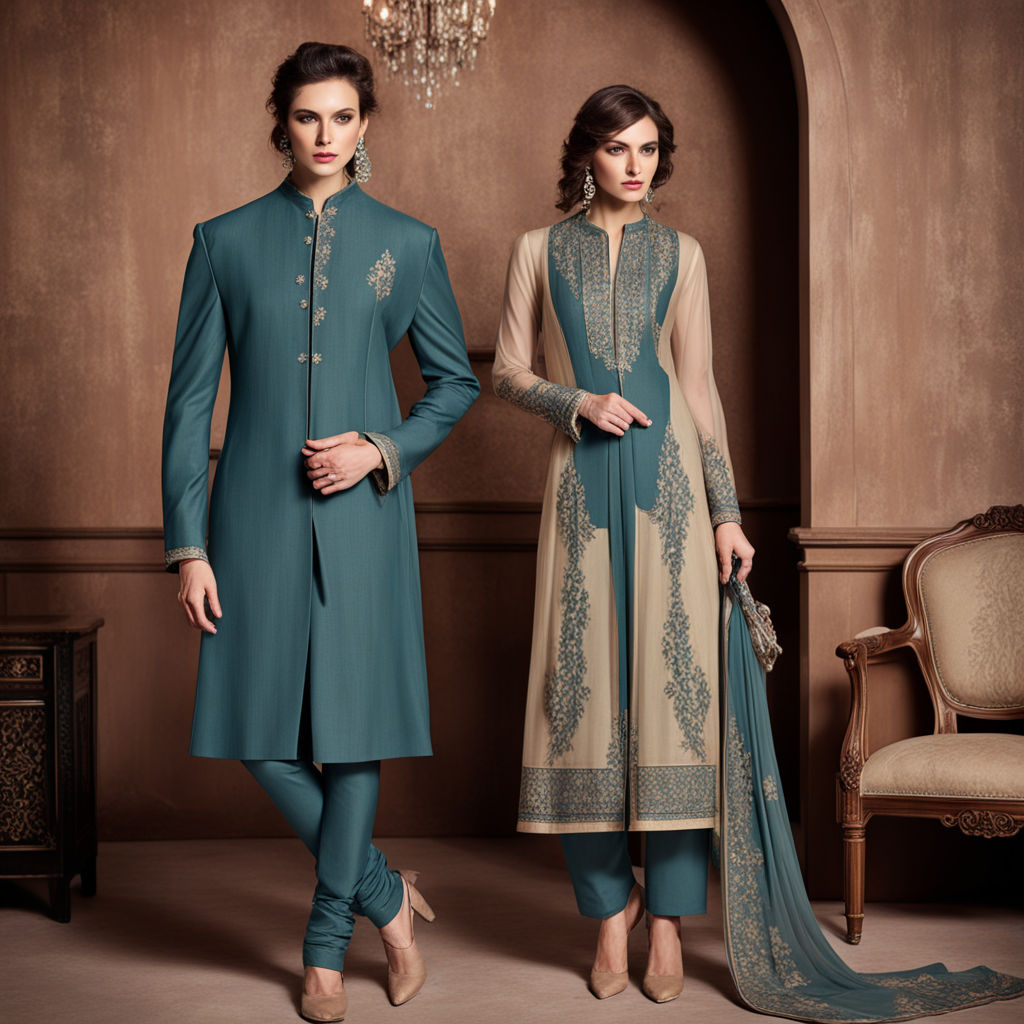The Enduring Elegance of Designer Suits
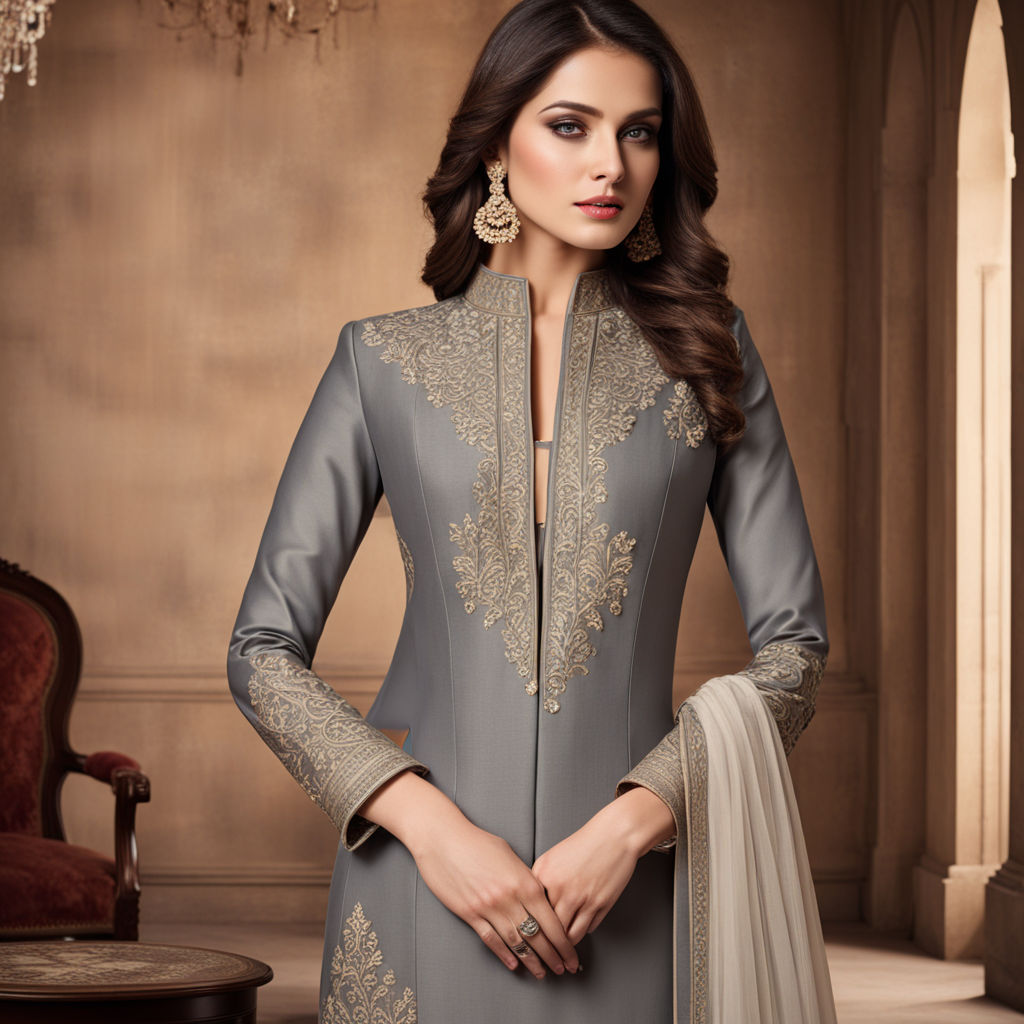
Designer suits have long been the pinnacle of men’s fashion, embodying power, sophistication, and style. These sartorial masterpieces command respect in boardrooms and admiration on red carpets, speaking volumes about their wearers without a word being uttered.
Craftsmanship: The Heart of Designer Suits
What sets designer suits apart is not just their visual appeal, but the exceptional craftsmanship and rich heritage they represent. Every stitch, fabric choice, and design element contributes to a garment that transcends mere clothing. This unwavering commitment to quality has kept designer suits at the forefront of men’s fashion for generations.
A Brief History of Tailored Menswear
The evolution of tailored menswear is a fascinating journey through changing social norms and fashion trends. The modern suit’s origins can be traced to the early 19th century, with British dandy Beau Brummell often credited as the pioneer of the classic suit silhouette.
Key moments in suit history include:
- 1920s: The rise of the bold zoot suit
- 1960s: Introduction of slimmer, modernist designs
- 1980s: The era of power dressing with strong shoulders
Despite these style shifts, the fundamentals of a well-tailored suit have remained constant: premium materials, expert construction, and impeccable fit.
The Modern Designer Suit
Today’s designer suits blend time-honored techniques with contemporary styling and innovative materials. From bespoke Savile Row creations to luxury fashion house ready-to-wear pieces, modern designer suits represent the zenith of men’s tailoring – a harmonious fusion of form and function that has withstood the test of time.
In the following sections, we’ll explore the distinctive features of designer suits, highlight leading brands, and offer guidance on selecting and maintaining these sartorial investments. The journey from raw fabric to finished suit is one of skill, artistry, and passion – qualities evident in every designer suit adorning a discerning gentleman’s wardrobe.
The Hallmarks of a Designer Suit
What elevates a designer suit above the rest? Let’s explore the key elements that define these sartorial masterpieces.
Superior Fabrics and Materials
The foundation of any exceptional suit lies in its fabric. Designer suits typically feature:
- High-grade wools: Super 120s to Super 180s merino wool, often from prestigious mills
- Luxurious blends: Cashmere, silk, or mohair mixed with fine wools for added texture and sheen
- Rare and exotic materials: Vicuña, alpaca, or high-quality cotton for summer suits
These premium materials not only look and feel superior but also offer better drape, breathability, and longevity.
Expert Craftsmanship and Attention to Detail
The artistry in a designer suit is evident in its construction:
- Hand-stitched elements: Lapels, buttonholes, and linings often feature meticulous hand-sewing
- Canvassed construction: Full or half-canvassed jackets for better shape retention and fit
- Precise pattern matching: Plaids, stripes, and other patterns align perfectly across seams
These labor-intensive techniques result in suits that not only look impeccable but also mold to the wearer’s body over time.
Distinctive Design Elements and Silhouettes
Designer suits often showcase unique stylistic touches:
- Signature cuts: Each designer or brand typically has a recognizable silhouette
- Innovative closures: Unique button placements, hidden closures, or decorative elements
- Unexpected details: Contrast stitching, distinctive linings, or subtle embellishments
These design elements give designer suits their individuality, allowing wearers to express their personal style while adhering to formal dress codes.
The combination of superior materials, expert craftsmanship, and distinctive design creates suits that are not just garments, but wearable works of art. In the next section, we’ll explore some of the top designer suit brands that exemplify these hallmarks of quality.
Top Designer Suit Brands
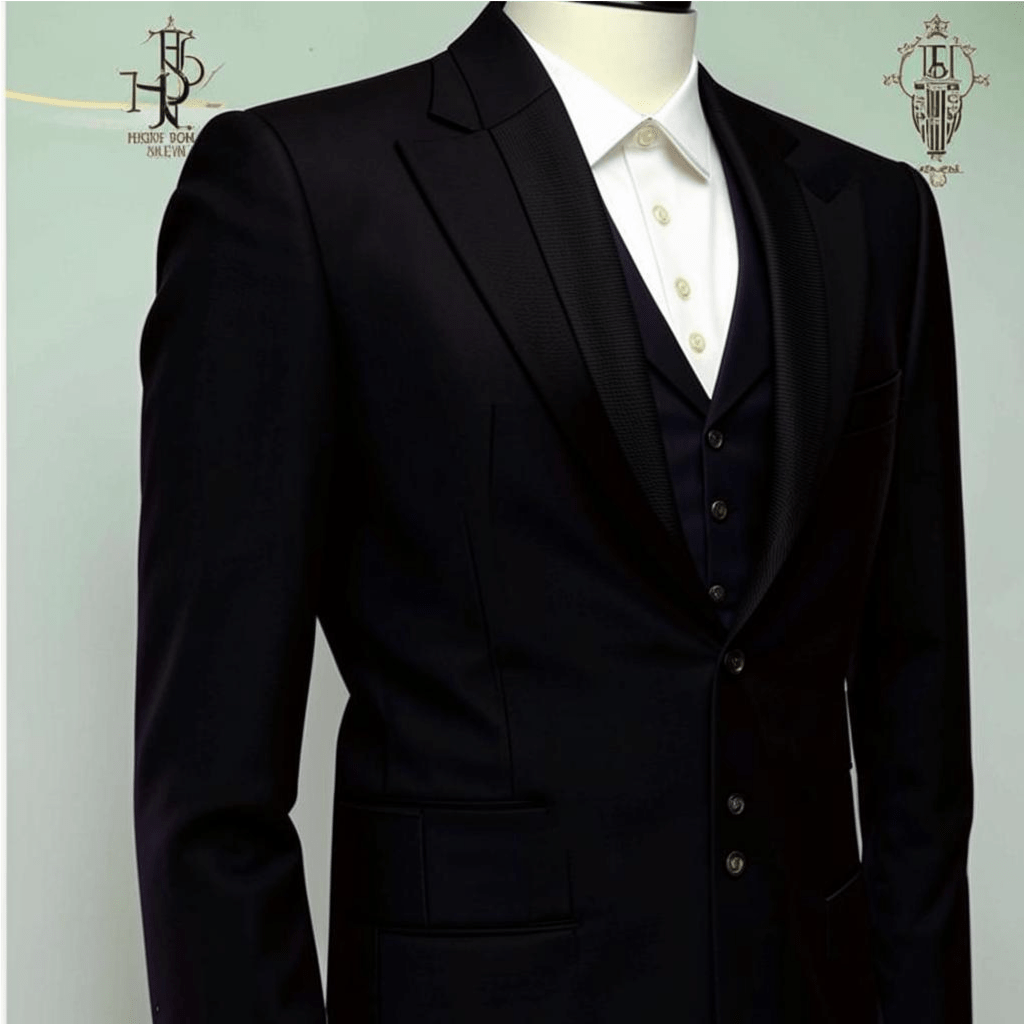
The world of designer suits is populated by a diverse array of brands, each with its own unique approach to style and craftsmanship. Let’s explore some of the leading names in luxury tailoring.
Iconic Luxury Houses
These established brands have long been synonymous with high-end menswear:
- Tom Ford: Known for sharp, modern silhouettes and luxurious fabrics
- Brioni: Favored by Hollywood stars for its impeccable Italian craftsmanship
- Giorgio Armani: Renowned for its elegant, understated designs
- Ermenegildo Zegna: A leader in fine wool suiting with its own textile mills
These brands combine heritage with innovation, consistently delivering suits of exceptional quality.
Contemporary Designer Labels
Newer entrants to the luxury suit market offer fresh perspectives:
- Thom Browne: Famous for its shrunken proportions and playful details
- Berluti: Expanded from shoes to offer exquisitely tailored suits
- Kiton: Known for its “soft as silk” suits and unparalleled hand-tailoring
These labels often push boundaries in design while maintaining high standards of quality.
Bespoke Tailoring Houses
For the ultimate in personalization, these establishments offer made-to-measure and fully bespoke options:
- Savile Row houses (e.g., Huntsman, Anderson & Sheppard): The epitome of British tailoring
- Cifonelli: Parisian tailoring with a distinctive shoulder style
- Rubinacci: Neapolitan tailoring known for its soft, unstructured jackets
Bespoke tailors create suits that are truly one-of-a-kind, perfectly fitted to the individual client.
Each of these brands and tailoring houses brings something unique to the world of designer suits. Whether you prefer the cachet of an iconic luxury label, the innovation of a contemporary designer, or the personalized perfection of bespoke tailoring, there’s a suit maker to match your style and needs.
In the next section, we’ll delve into the anatomy of a designer suit, exploring the key components that make these garments stand out.
The Anatomy of a Designer Suit
Understanding the components of a designer suit can help you appreciate the craftsmanship and make informed choices. Let’s break down the key elements:
Jacket Construction and Features
The jacket is often considered the centerpiece of a suit:
- Shoulders: Can range from structured (padded) to soft (little to no padding)
- Lapels: Notch, peak, or shawl styles in various widths
- Canvassing: Full-canvas, half-canvas, or fused construction
- Vents: Single, double, or ventless designs
- Button stance: Affects the jacket’s overall proportion and style
High-end suits often feature hand-stitched buttonholes, working cuff buttons (“surgeon’s cuffs”), and fine silk linings.
Trouser Styles and Fits
Trousers complete the suit’s silhouette:
- Rise: Low, medium, or high-rise options
- Pleats: Flat-front or pleated designs
- Cuffs: Plain hem or cuffed finishes
- Fit: Ranges from slim to classic cuts
Designer trousers often feature details like side adjusters instead of belt loops, and higher-quality linings and pocketing materials.
Waistcoat Options
While optional, waistcoats (vests) add formality and style:
- Backings: Full-back or adjustable strap designs
- Fronts: Single-breasted or double-breasted closures
- Lapels: With or without lapels for varied formality
- Fabrics: Matching the suit or in contrasting materials for added interest
Designer waistcoats often feature additional details like a watch pocket or decorative buttons.
The hallmark of a designer suit lies in how these elements come together. Superior materials, precise cutting, and expert construction result in a garment that not only looks exceptional but also feels comfortable and moves naturally with the wearer.
In our next section, we’ll discuss the investment aspect of designer suits, helping you understand the value proposition behind these high-end garments.
Investing in a Designer Suit
A designer suit is more than a purchase; it’s an investment in your wardrobe and personal presentation. Let’s explore the key aspects of making this investment wisely.
Considerations for First-Time Buyers
When venturing into the world of designer suits, keep these points in mind:
- Fit is paramount: Even the most expensive suit looks subpar if it doesn’t fit well
- Start with versatility: Choose a classic color like navy or charcoal for maximum wearability
- Know your style: Understand whether you prefer a more traditional or contemporary look
- Try before you buy: Visit stores to try on different brands and styles
Remember, it’s better to have one exceptional suit that fits perfectly than several mediocre ones.
Cost vs. Value: Justifying the Price Tag
Designer suits come with hefty price tags, but they offer value in several ways:
- Superior materials: High-quality fabrics look better and last longer
- Craftsmanship: Expert construction ensures better fit and longevity
- Timeless style: Well-designed suits remain fashionable for years
- Confidence boost: Wearing a beautifully tailored suit can enhance your presence and performance
While the initial cost is high, a well-chosen designer suit can provide years of wear, making it a sound long-term investment.
Care and Maintenance for Longevity
To maximize your investment, proper care is essential:
- Rotate your suits: Avoid wearing the same suit consecutive days to allow the fabric to rest
- Use proper hangers: Wide, curved hangers maintain the jacket’s shape
- Brush and air out: Regular brushing removes dirt; airing out dispels odors
- Dry clean sparingly: Over-cleaning can damage the fabric; spot clean when possible
- Store properly: Use breathable garment bags in a cool, dry place
With proper care, a high-quality designer suit can last for many years, continuing to look sharp and stylish.
Investing in a designer suit is about more than just buying expensive clothing. It’s about acquiring a garment that will serve you well in important moments, boost your confidence, and stand the test of time. By considering these factors and treating your suit with care, you’ll ensure that your investment pays dividends for years to come.
In our next section, we’ll explore how to style your designer suit for various occasions, from formal events to more creative, unconventional pairings.
Styling Designer Suits
A designer suit is a versatile piece that can be adapted for various occasions. Let’s explore how to style your suit for different settings.
Formal Occasions and Black-Tie Events
For the most formal events, precision is key:
- Black-tie: Pair a tuxedo with a white dress shirt, black bow tie, and patent leather shoes
- White-tie: Opt for a tailcoat with white piqué waistcoat, wing-collar shirt, and white bow tie
- Formal weddings: A dark suit with a crisp white shirt and conservative tie is often appropriate
Accessories should be minimal and elegant, such as subtle cufflinks and a pocket square.
Business and Professional Settings
In the workplace, your suit should convey competence and professionalism:
- Conservative environments: Stick to dark colors like navy or charcoal with a light-colored shirt
- Creative industries: Experiment with lighter suit colors or subtle patterns
- Ties: Choose patterns and colors that complement but don’t overshadow your suit
- Shoes: Oxfords or brogues in black or brown, depending on suit color
Remember, the goal is to look polished and capable, not to stand out for your fashion choices.
Creative and Unconventional Pairings
For less formal occasions, designer suits can be styled creatively:
- Casual cool: Pair your suit jacket with jeans and a T-shirt for a smart-casual look
- Mix and match: Combine suit separates with other pieces in your wardrobe
- Texture play: Experiment with different fabric textures, like a wool suit with a silk shirt
- Bold accessories: Use vibrant ties, pocket squares, or socks to add personality
- Unexpected footwear: Try clean, minimalist sneakers for a modern twist
Don’t be afraid to break traditional rules, but ensure the overall look is intentional and cohesive. Styling tips:
- Consider your body type when choosing suit cuts and accessories
- Pay attention to proportions, especially when mixing formal and casual elements
- Ensure your clothes are well-fitted and wrinkle-free, regardless of the setting
Remember, a designer suit is a canvas for personal expression. While respecting the occasion’s dress code, don’t be afraid to infuse your personal style into your look. The confidence that comes from wearing a well-styled designer suit is the ultimate accessory for any event.
The Future of Designer Suits
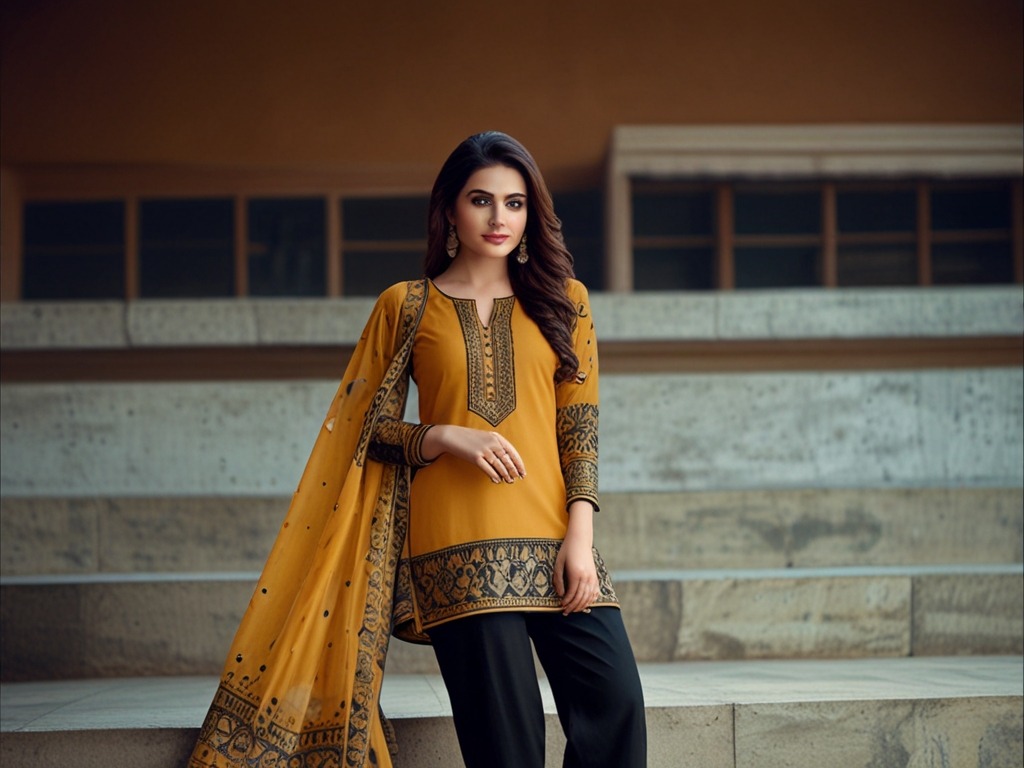
As we look ahead, the world of designer suits is evolving to meet new challenges and consumer preferences. Let’s explore the key trends shaping the future of this classic garment.
Sustainable and Ethical Production Practices
Sustainability is becoming increasingly important in luxury fashion:
- Eco-friendly materials: Use of organic wools, recycled fabrics, and sustainable blends
- Ethical sourcing: Emphasis on fair labor practices and transparent supply chains
- Zero-waste techniques: Implementing cutting methods that minimize fabric waste
- Durability focus: Creating suits designed to last longer, reducing overall consumption
Many designer brands are now offering “green” lines or incorporating sustainable practices into their main collections.
Technological Innovations in Tailoring
Technology is revolutionizing the way suits are made and fitted:
- 3D body scanning: Precise measurements for better-fitting made-to-measure suits
- AI-driven design: Using algorithms to create personalized suit designs
- Smart fabrics: Integration of performance materials for comfort and functionality
- Virtual try-ons: Augmented reality applications allowing customers to visualize suits before purchase
These innovations are making high-end tailoring more accessible and efficient.
Evolving Trends in Menswear
Designer suits are adapting to changing lifestyle and workplace norms:
- Casual-formal fusion: Suits designed for versatility between formal and casual settings
- Performance suits: Incorporating stretch and moisture-wicking properties for comfort
- Genderless designs: Moving away from strict masculine/feminine dichotomies
- Customization: Increased options for personalization in colors, patterns, and details The future suit may be more adaptable and individual than ever before.
Key takeaways:
- Sustainability will likely become a standard, not a luxury, in designer suits
- Technology will enhance both the production process and the customer experience
- The definition of a “suit” may broaden, accommodating diverse styles and needs
As designer suits evolve, they continue to balance tradition with innovation. The core appeal of a beautifully tailored suit remains timeless, even as the industry adapts to new technologies, environmental concerns, and changing fashion sensibilities.
The future of designer suits looks to be an exciting blend of classic craftsmanship and cutting-edge advancements, ensuring that this iconic garment remains relevant and desirable for generations to come.
The Everlasting Charm of Designer Suits
As we wrap up our exploration of designer suits, it’s clear that these garments continue to hold a special place in the world of fashion and personal style.
The Timeless Allure of Designer Suits
Designer suits have maintained their appeal through decades of changing fashion trends:
- Versatility: From boardrooms to galas, suits adapt to various settings
- Confidence boost: A well-fitted suit can transform one’s posture and presence
- Symbol of craftsmanship: Representing the pinnacle of tailoring artistry
- Personal expression: Offering a canvas for individual style within a classic framework
The enduring popularity of designer suits speaks to their ability to make the wearer feel polished, powerful, and put-together.
Balancing Tradition and Innovation in Modern Tailoring
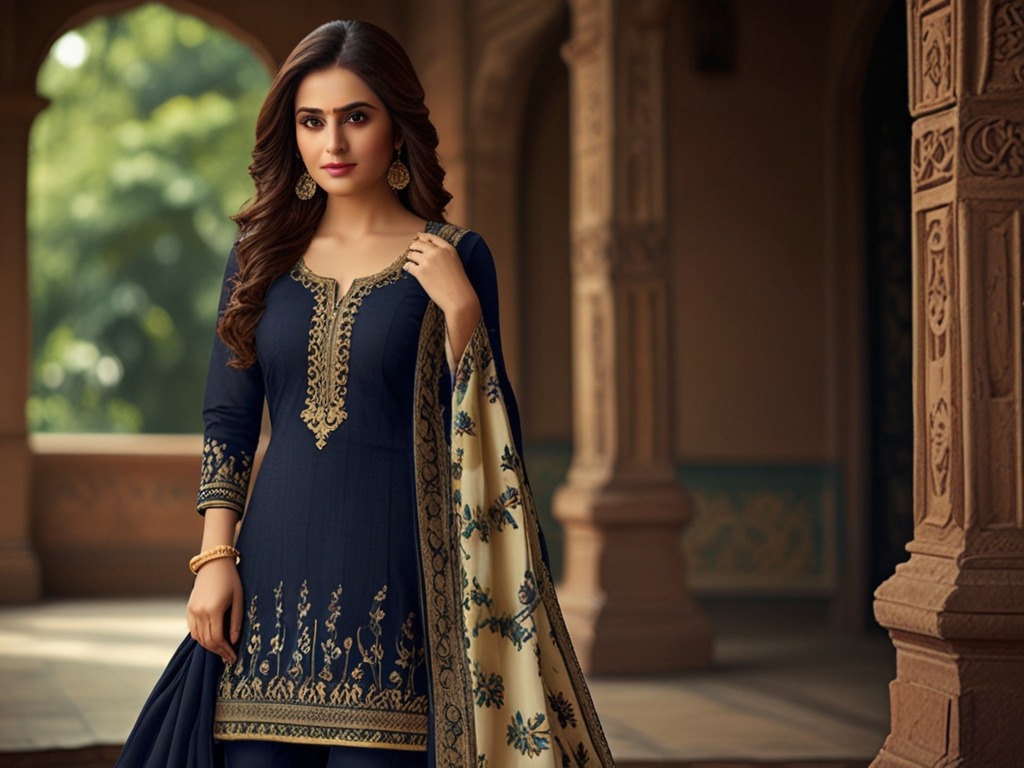
Today’s designer suits stand at the intersection of heritage and progress:
- Respecting roots: Maintaining time-honored tailoring techniques
- Embracing change: Incorporating new materials and technologies
- Adapting to lifestyles: Evolving to meet contemporary needs and preferences
- Pushing boundaries: Challenging traditional notions of formal wear
This balance ensures that designer suits remain relevant while retaining their essential character.
Key reflections:
- Designer suits continue to evolve, but their core appeal remains constant
- The future of suits lies in personalization, sustainability, and adaptability
- Investing in a designer suit is as much about buying into a legacy as it is about acquiring a garment
Whether you’re a seasoned suit aficionado or considering your first designer purchase, remember that a great suit is more than just clothing. It’s a statement of style, a nod to tradition, and a investment in your personal presentation.
